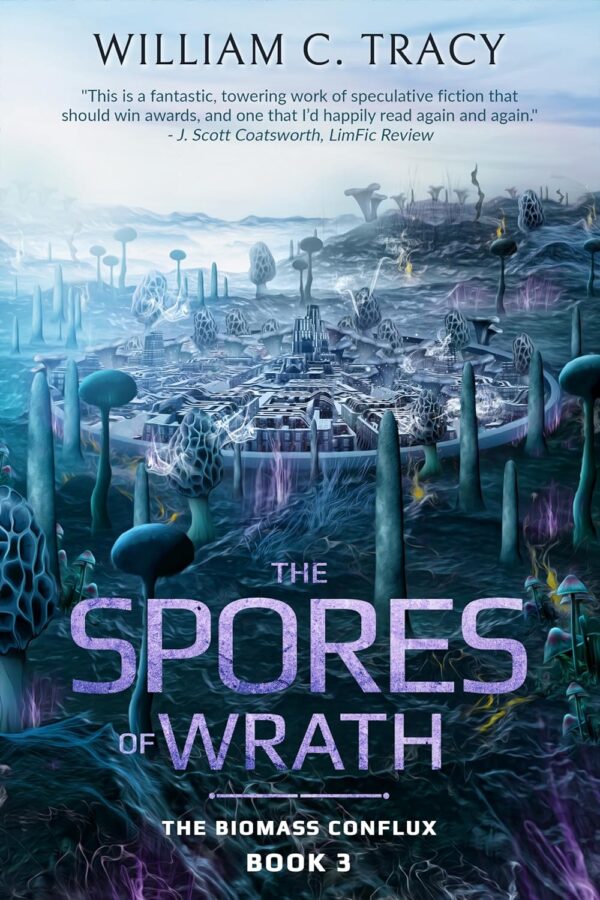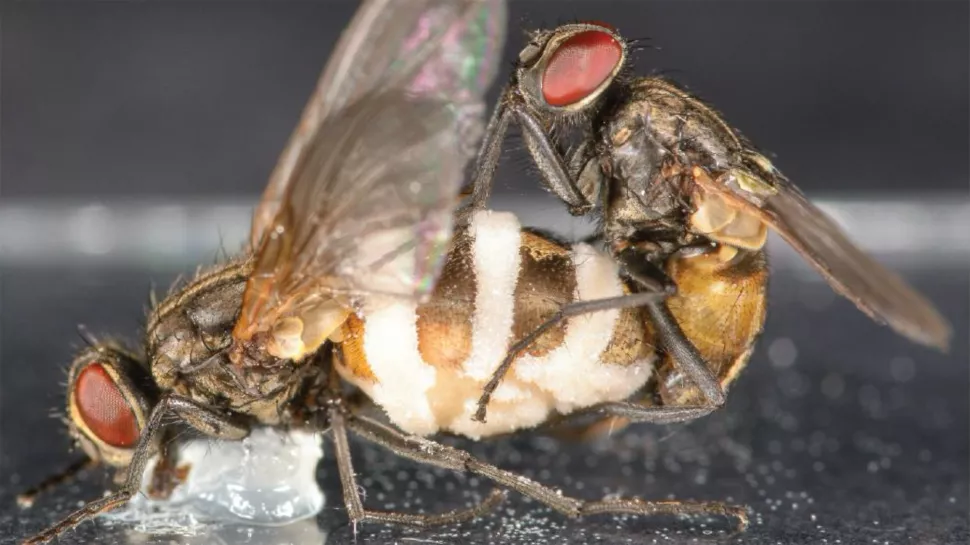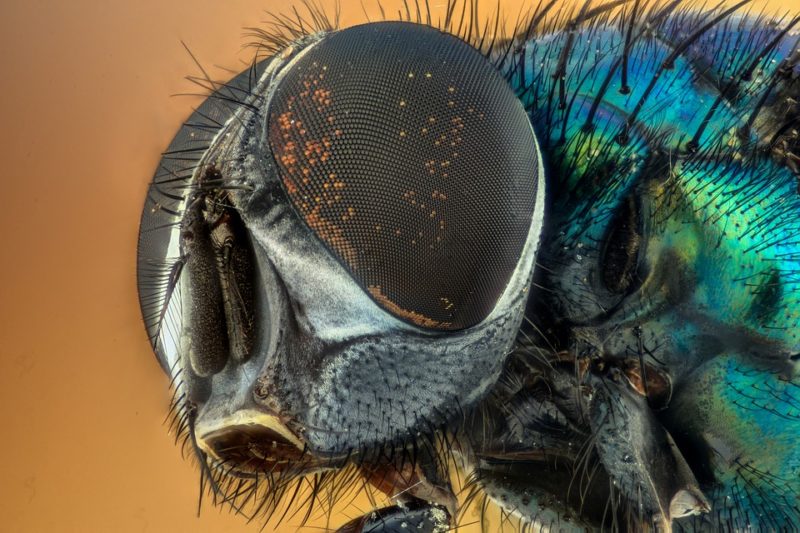New Release: The Spores of Wrath – William C. Tracy
QSFer William P. Tracy has a new queer sci-fi book out, The Biomass Conflux book three (gay, lesbian, non-binary, trans, poly): The Spores of Wrath. The fate of Lida looms. Agetha thought her fate was sealed, pushed to the edge of the colony to die. But with the revelation that the biomass is not only intelligent, but sentient, changes to colony are accelerating, threatening its very existence. Those who were controlled by the biomass once again have free will. Now, the human colonists are raising their voices and for the first time really influencing their new home. The planet-wide consciousness … Read more





